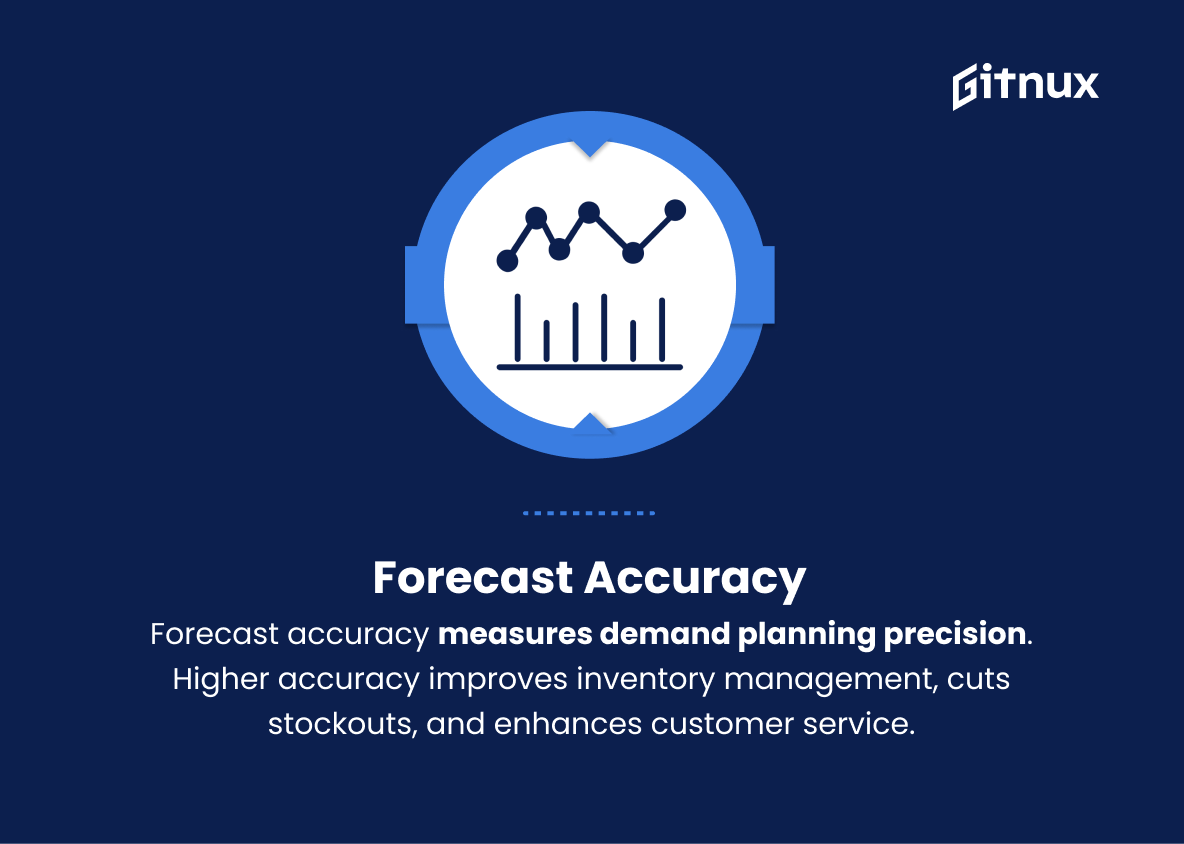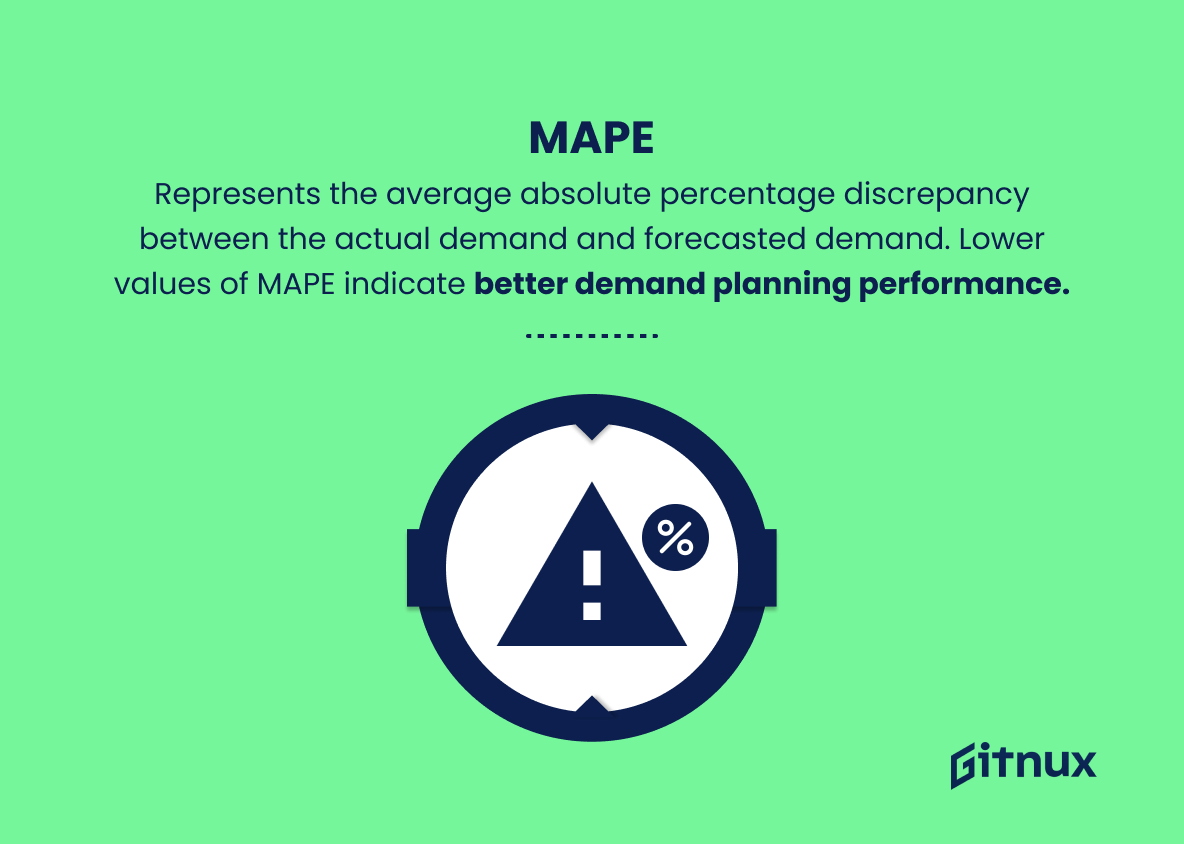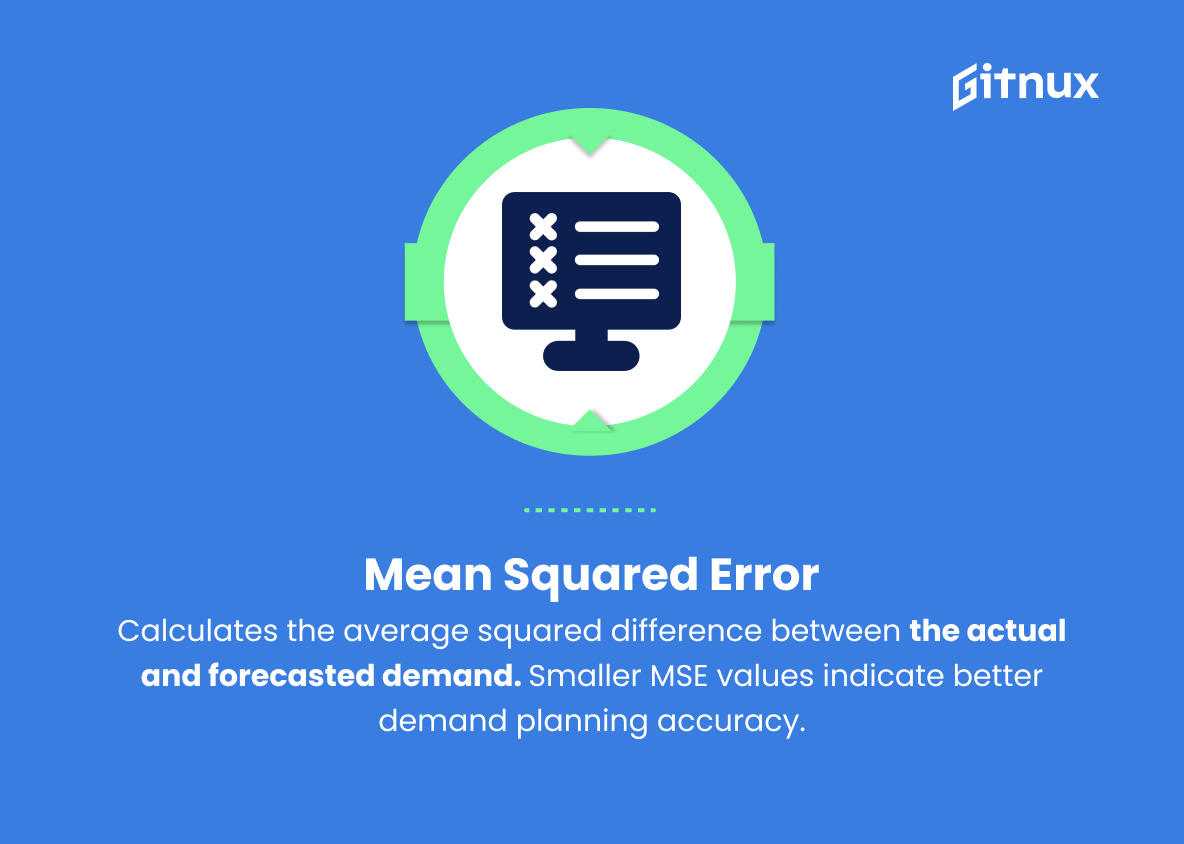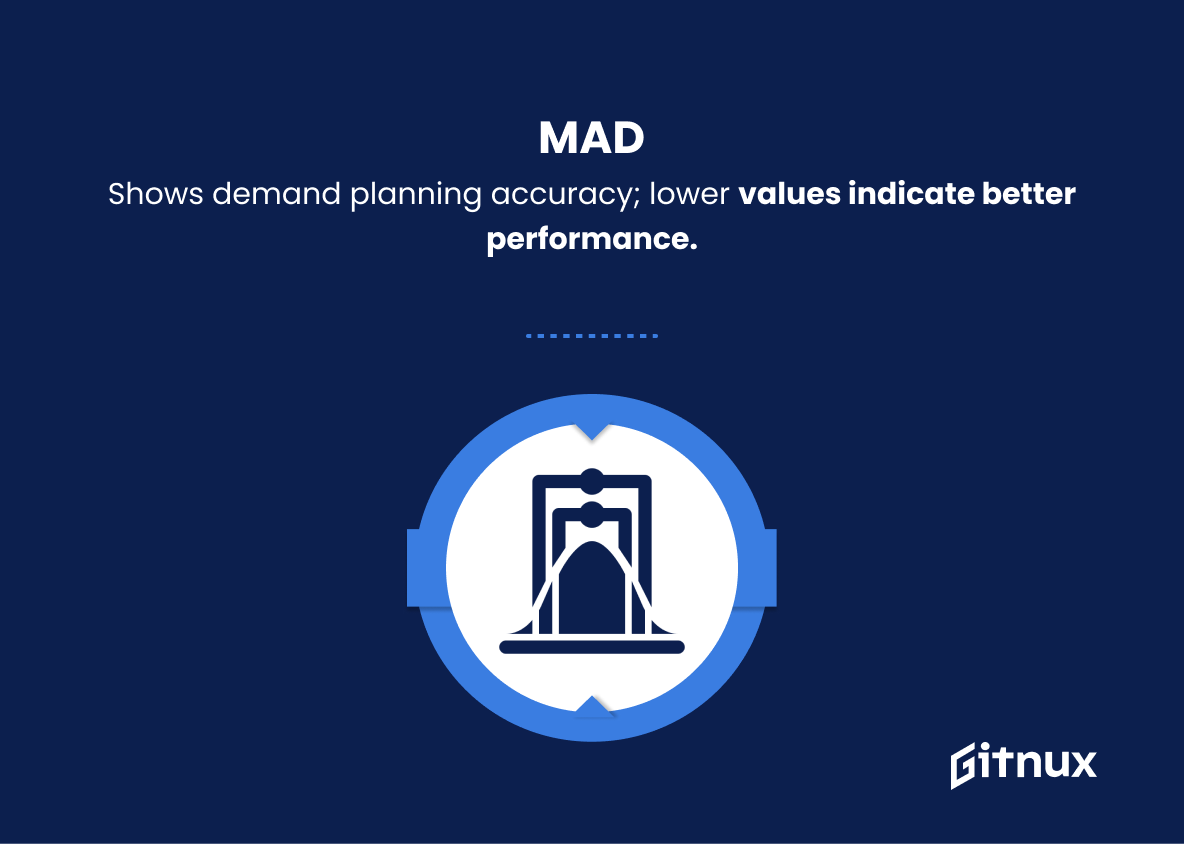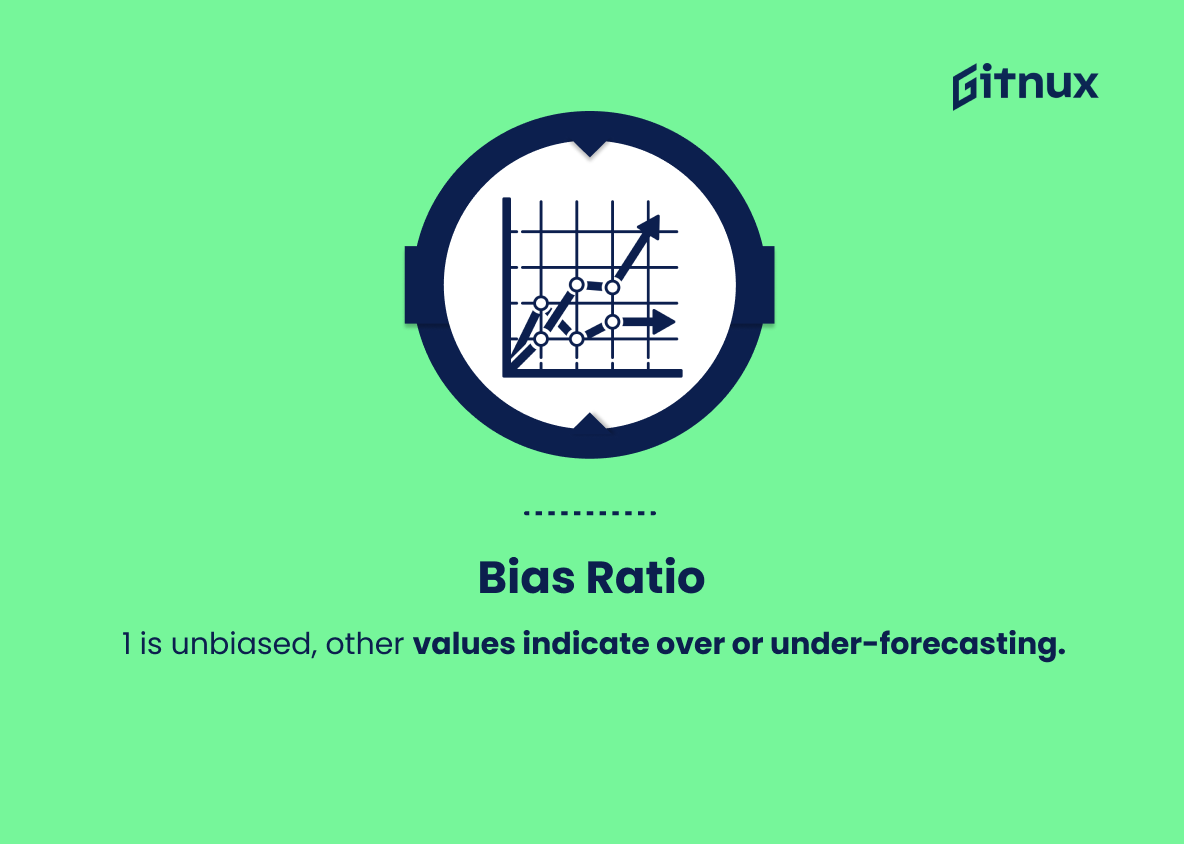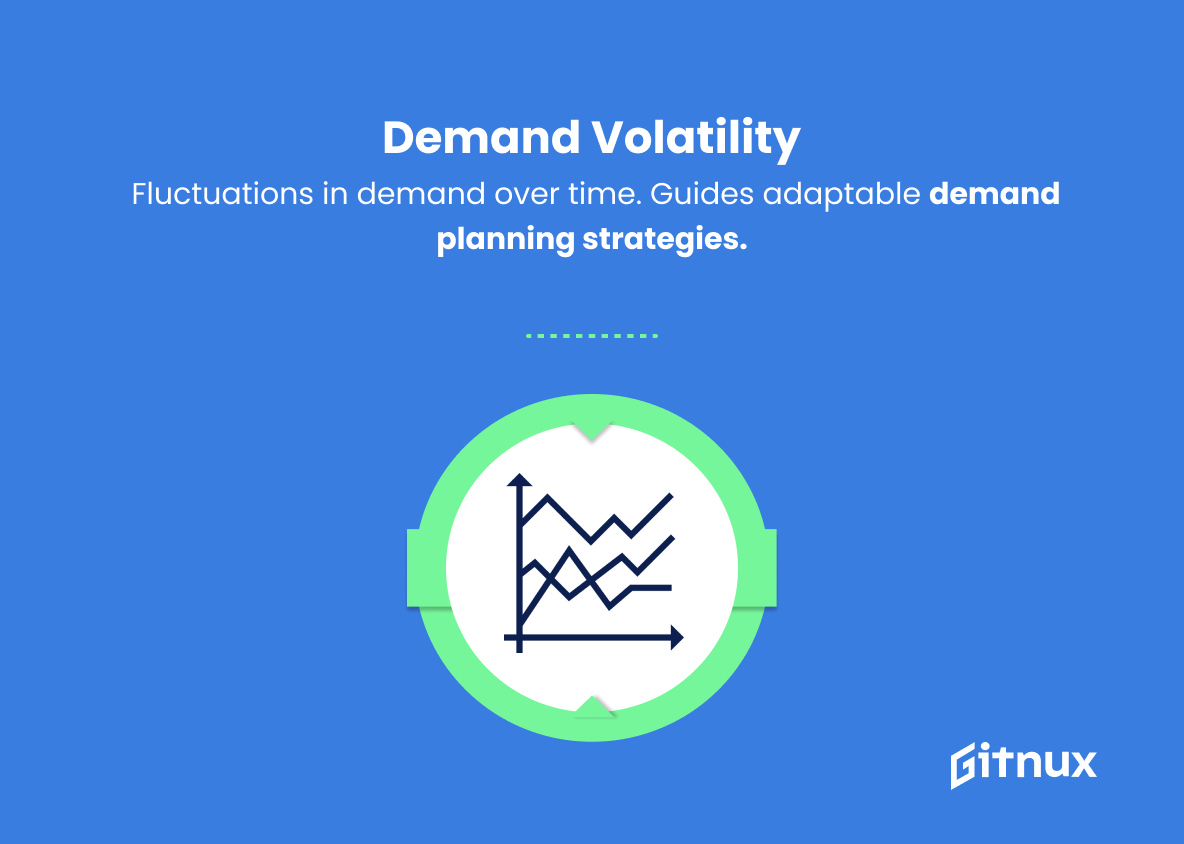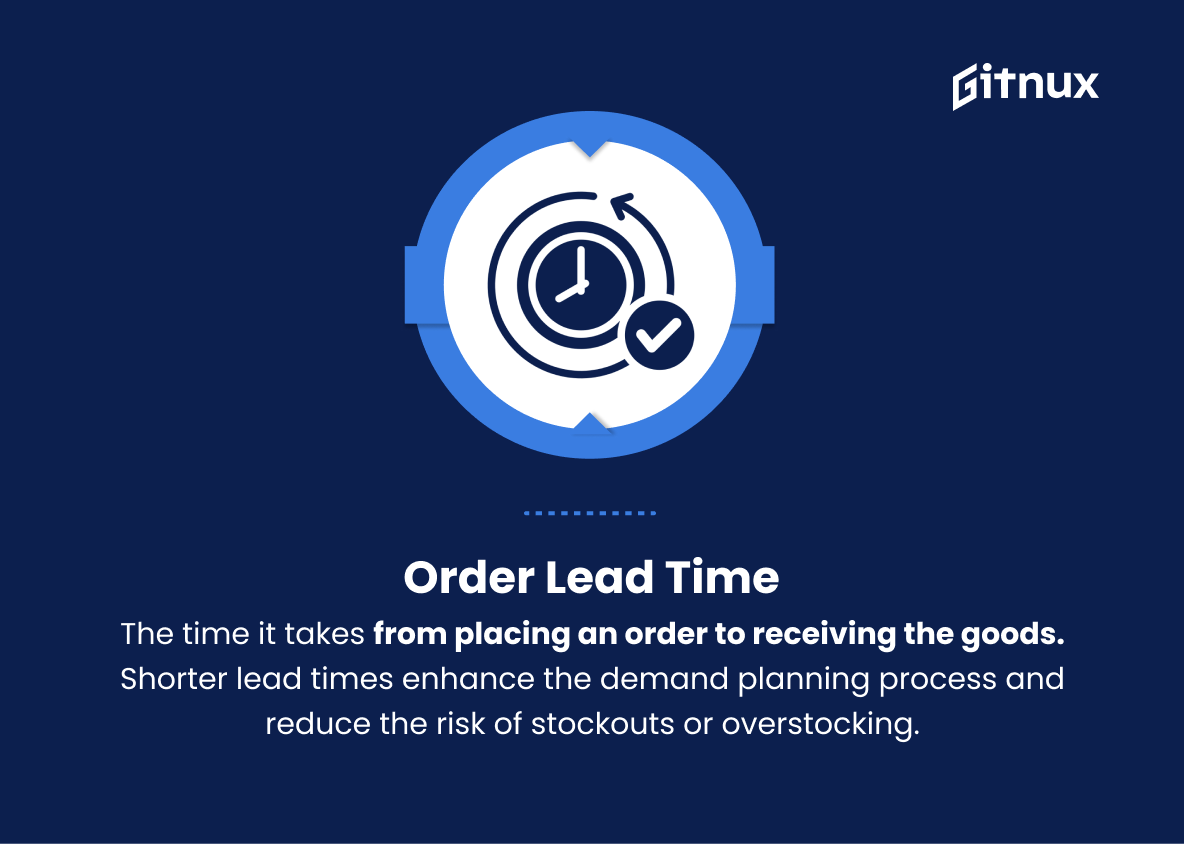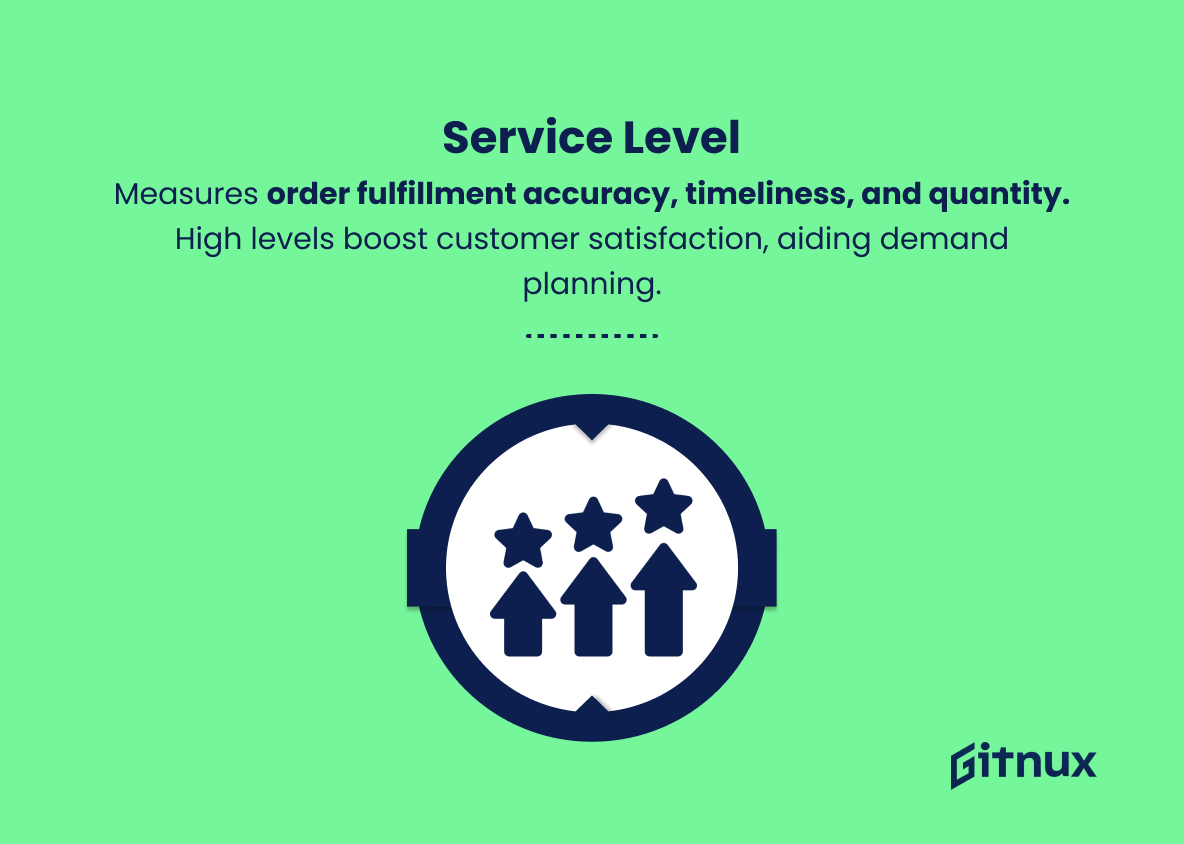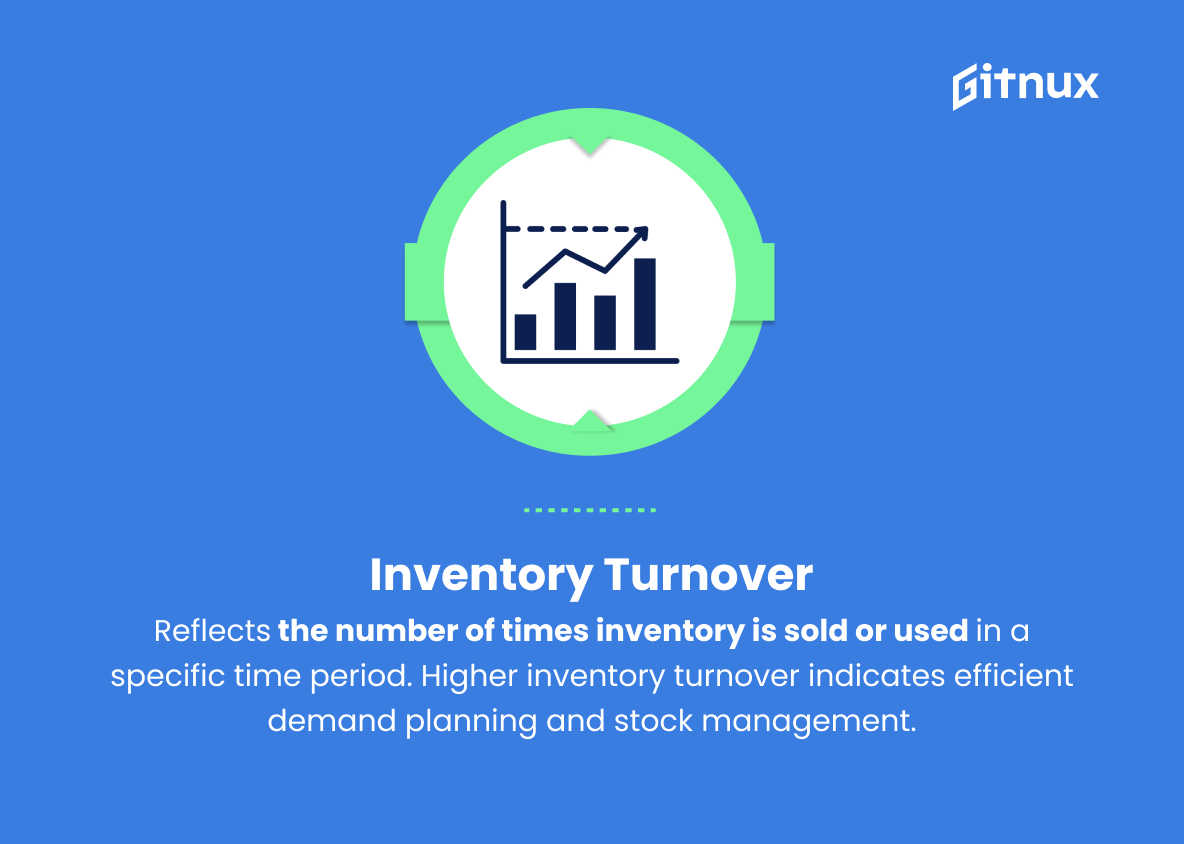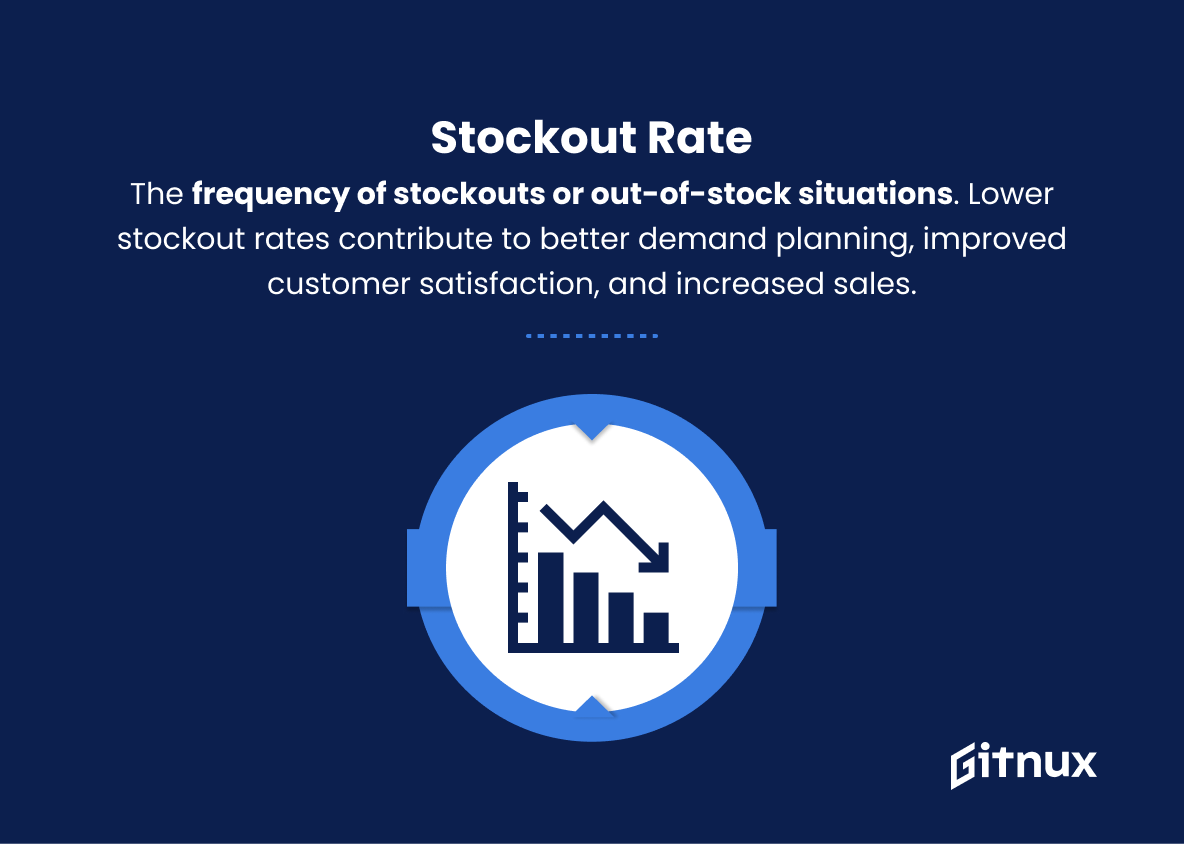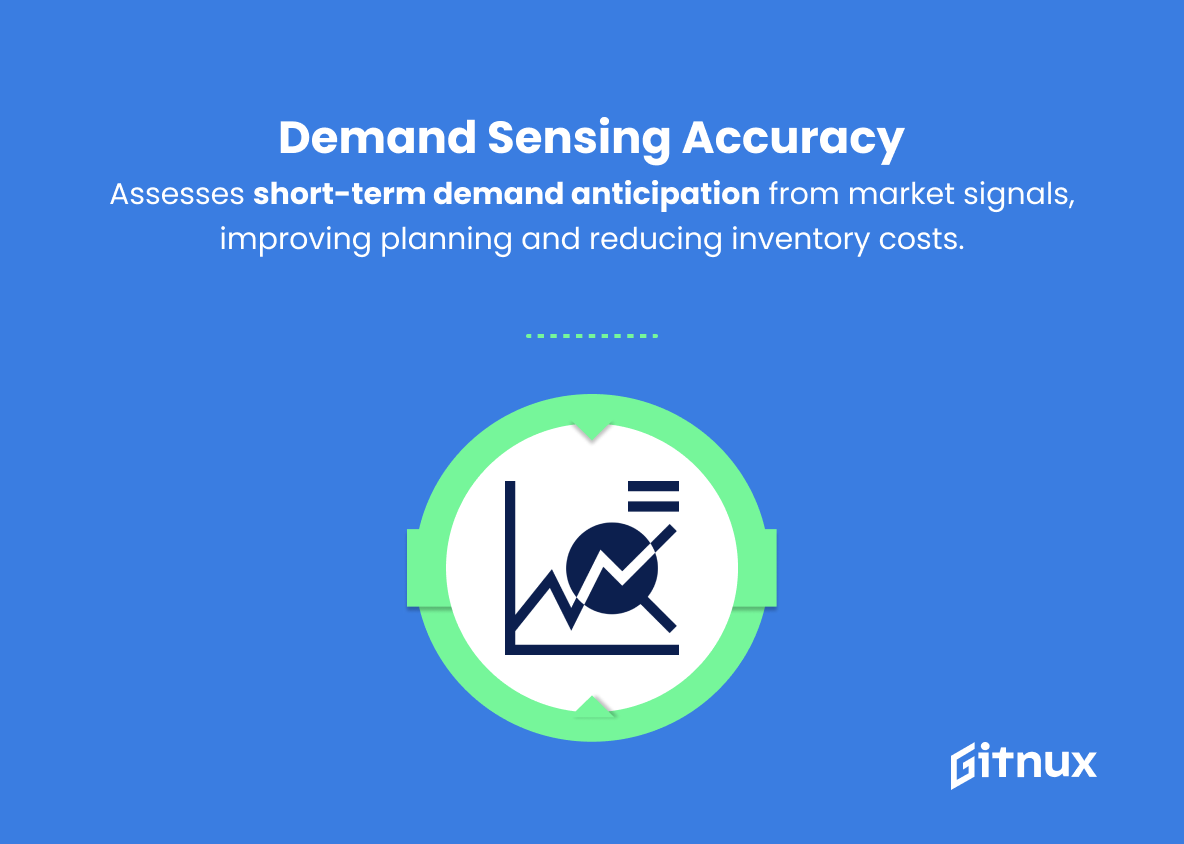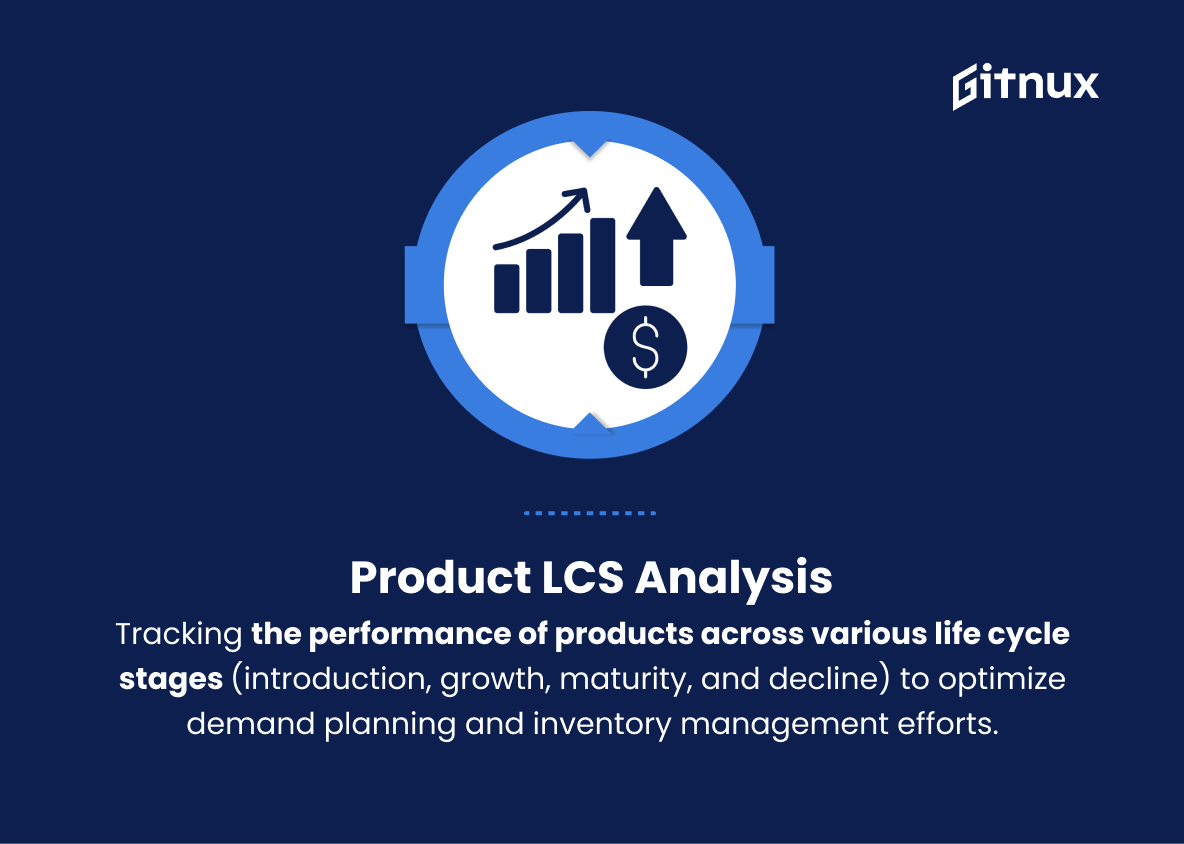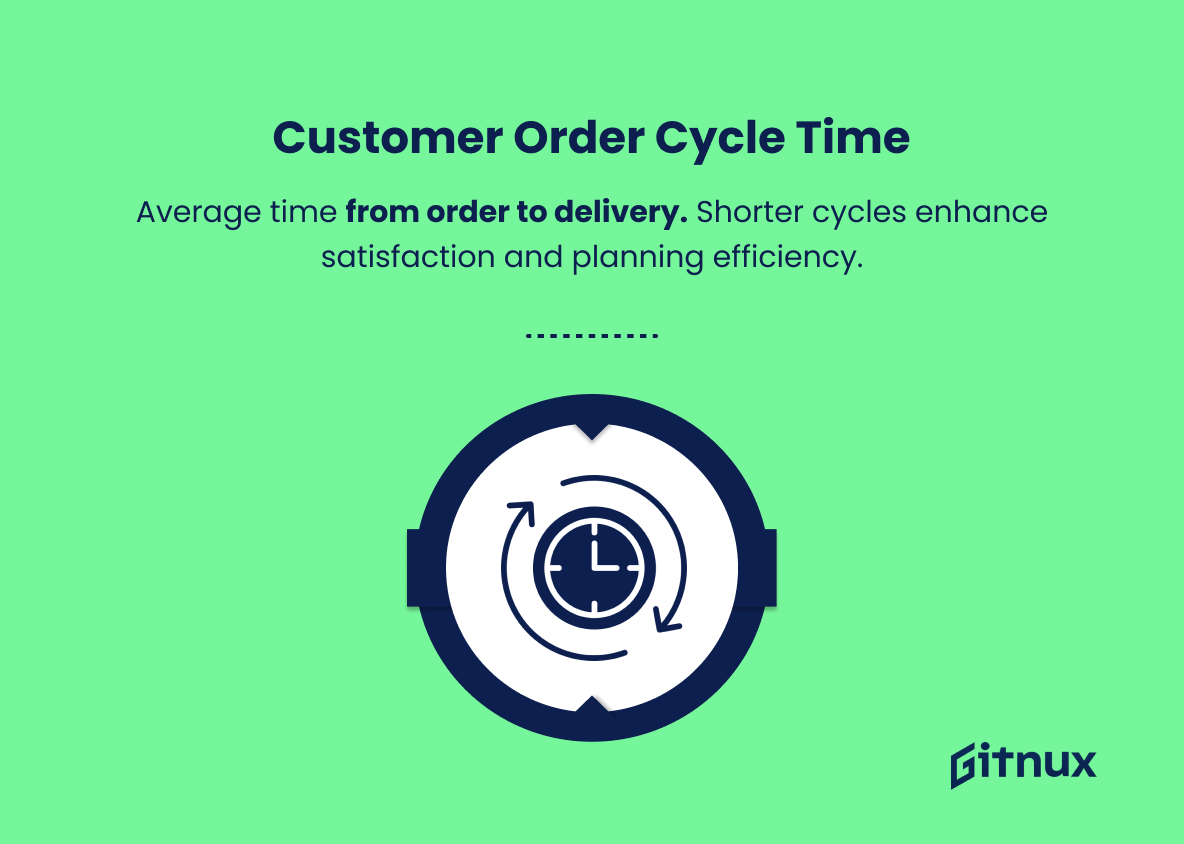In today’s fast-paced and dynamic business environment, effective demand planning has become increasingly crucial for companies seeking to maintain a competitive edge. As the backbone of supply chain management, demand planning plays a pivotal role in making informed decisions related to inventory control, production scheduling, and overall operational efficiency.
For organizations to succeed in this ever-evolving landscape, measuring and tracking the right Demand Planning Key Performance Indicators (KPIs) is of utmost importance. In this blog post, we will delve into the significance of demand planning KPIs, highlight the most critical ones to monitor, and discuss how these metrics can drive continuous improvement in your supply chain processes.
Demand Planning KPIs You Should Know
1. Forecast Accuracy
Measures the difference between the actual demand and the forecasted demand, indicating how accurate the demand planning process is. A higher forecast accuracy leads to better inventory management, reduced stockouts, and improved customer service.
2. Mean Absolute Percentage Error (MAPE)
Represents the average absolute percentage discrepancy between the actual demand and forecasted demand. Lower values of MAPE indicate better demand planning performance.
3. Mean Squared Error (MSE)
Calculates the average squared difference between the actual and forecasted demand. Smaller MSE values indicate better demand planning accuracy.
In today’s fast-paced and dynamic business environment, effective demand planning has become increasingly crucial for companies seeking to maintain a competitive edge.4. Mean Absolute Deviation (MAD)
Expresses the average absolute difference between the actual demand and forecasted demand. MAD helps determine the accuracy of demand planning, with lower values signifying better performance.
5. Bias Ratio
Assesses if the forecasting process is consistently overestimating or underestimating demand. A bias ratio of 1 indicates an unbiased forecast, while higher or lower values indicate over or under-forecasting, respectively.
6. Demand Volatility
The fluctuation in demand levels over time. Understanding demand volatility helps businesses adapt their demand planning strategies, ensuring they can readily handle fluctuations.
7. Order Lead Time
The time it takes from placing an order to receiving the goods. Shorter lead times enhance the demand planning process and reduce the risk of stockouts or overstocking.
For organizations to succeed in this ever-evolving landscape, measuring and tracking the right Demand Planning Key Performance Indicators (KPIs) is of utmost importance.8. Service Level
Measures customer needs fulfillment by calculating the proportion of orders correctly filled, delivered on time, and with the right quantity. Higher service levels result in enhanced customer satisfaction, contributing to successful demand planning efforts.
9. Inventory Turnover
Reflects the number of times inventory is sold or used in a specific time period. Higher inventory turnover indicates efficient demand planning and stock management.
10. Stockout Rate
The frequency of stockouts or out-of-stock situations. Lower stockout rates contribute to better demand planning, improved customer satisfaction, and increased sales.
11. Perfect Order Rate
Calculates the percentage of orders delivered without any discrepancies, such as late delivery, errors, or damages, indicative of efficient demand planning processes.
12. Demand Sensing Accuracy
Evaluates how accurately a company can anticipate short-term demand fluctuations based on real-time market signals. Better demand sensing accuracy enhances the demand planning process and reduces inventory costs.
13. Product Life Cycle Stage Analysis
Tracking the performance of products across various life cycle stages (introduction, growth, maturity, and decline) to optimize demand planning and inventory management efforts.
14. Customer Order Cycle Time
The average time taken to fulfill a customer order, from order receipt to delivery. Reducing customer order cycle time can improve customer satisfaction and enhance the efficiency of demand planning processes.
Demand Planning KPIs Explained
Demand planning KPIs such as forecast accuracy, MAPE, MSE, MAD, bias ratio, and demand volatility, are crucial in evaluating the effectiveness of a company’s demand planning processes. These KPIs help identify areas for improvement, ensuring better inventory management, reduced stockouts, and improved customer service.
Order lead time, service level, inventory turnover, stockout rate, perfect order rate, demand sensing accuracy, product life cycle stage analysis, and customer order cycle time are additional important KPIs that provide insights into how efficiently a company can meet fluctuating customer demands, streamline inventory management, and maintain high levels of customer satisfaction.
These KPIs work collectively to enhance demand planning and promote overall business success by balancing supply and demand, improving inventory control, and ensuring timely, error-free deliveries to customers.
Conclusion
In summary, effective demand planning is a critical aspect of supply chain management for businesses of all sizes. By prioritizing and tracking key performance indicators (KPIs), organizations can enhance their forecasting accuracy, optimize inventory levels, and make better-informed decisions that ultimately drive success.
Implementing a comprehensive demand planning KPI strategy can lead to significant improvements in supply chain efficiency, customer satisfaction, and profitability. By staying adaptable and continuously monitoring and refining these KPIs, businesses can ensure a sustainable competitive advantage in an ever-evolving marketplace.
